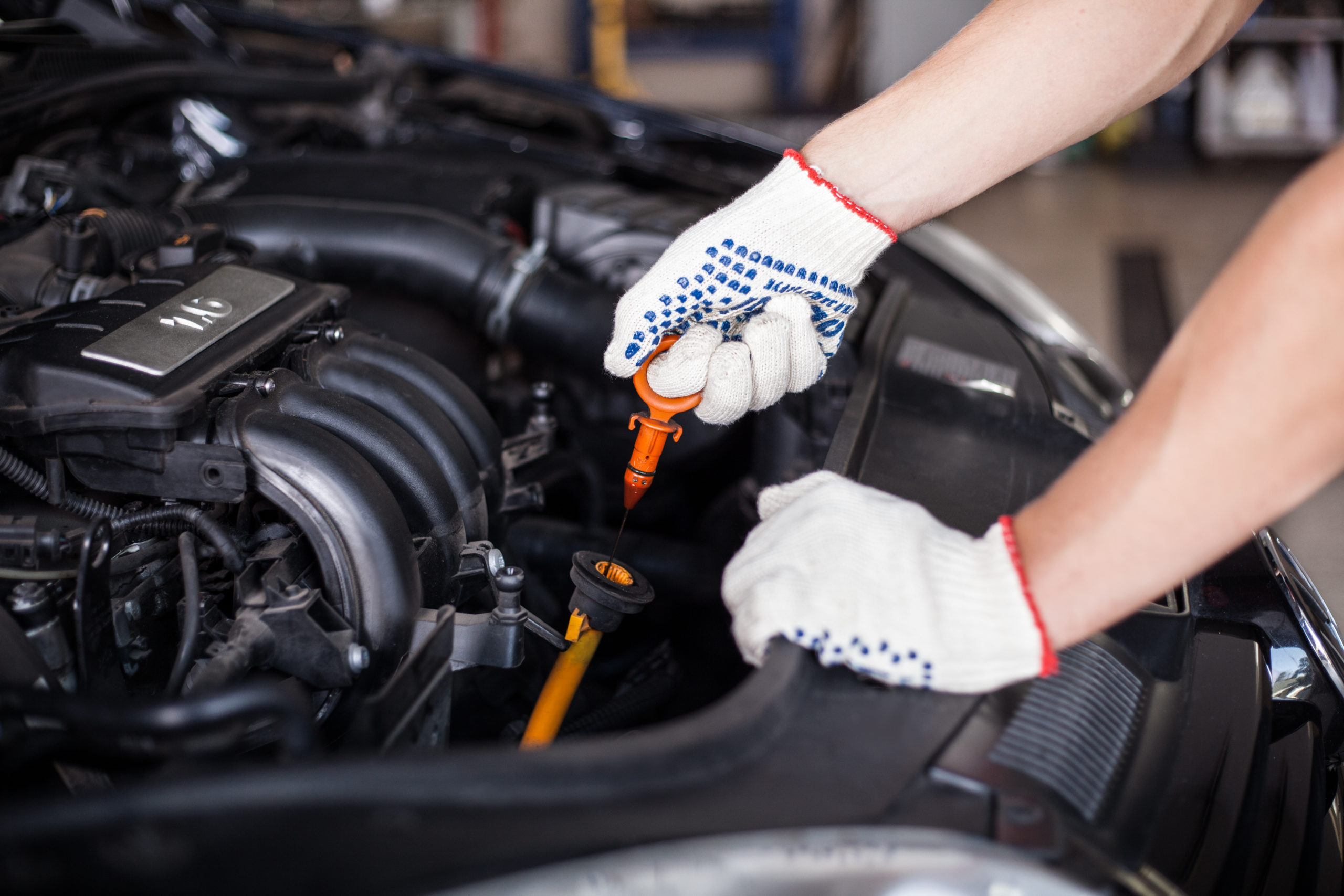News: Oil change: important points

Oil change is carried out in several stages:
Draining the old oil.
The car should be placed on a flat horizontal surface (ideally on a pit) and warmed up for 15 minutes at idle speed: the oil must be warmed up. Unscrew the oil cap. Remove the crankcase cover if you have one. Place a container for used oil under the drain hole on the sump, remove the crankcase drain cover, unscrew the plug, and drain the oil: you need to wait about 20 minutes for complete drainage. When the procedure is complete, it is advisable to fill up with 0.5L to 1L of fresh oil to wash out the old residues. After that, tighten the drain plug without excessive force so that you do not have a problem unscrewing it next time.
Replacing the oil filter.
Unscrew the old filter along with the rubber seal; if traces of the former seal remain, be sure to remove them. Before installing the new filter, oil the rubber seal to prevent damage and to ensure a good fit. It is desirable to fill some oil inside the filter: this procedure quickly increases pressure in the lubrication system and reduces the time of “dry” operation of the engine at first start.
Filling new oil.
Carefully fill about 70-80% of the required volume of new oil through the filler neck, checking the level periodically with a dipstick. Then allow the oil to run through the system for 10-15 minutes and top up to the required level (ideally between the “min” and “max” marks). Screw in the filler neck.
The procedure of filling can be considered as completed when right after changing the oil the car will idle for a while and the oil pressure light turns off. You also need to check possible leaks: drain plug, oil filter.
If everything is in order – the car is ready for operation.
